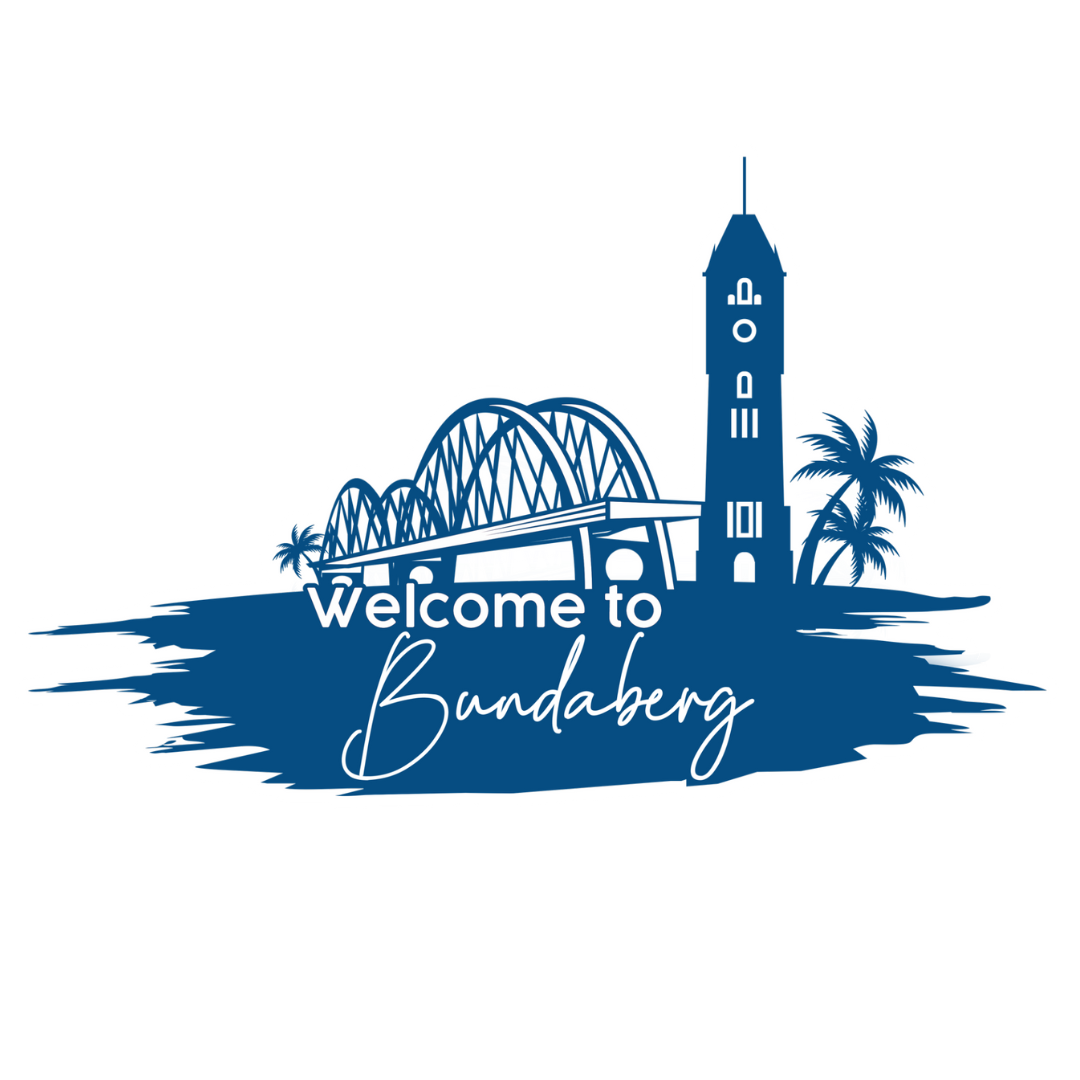
Image credit – Tourism and Events Queensland
Bundaberg stands as a prime example of how grassroots innovation can drive regional development and foster a thriving community. Unlike large metropolitan areas that rely heavily on top-down investments and large-scale projects, Bundaberg’s growth story is enriched by the collective efforts of its residents who take initiative to address local challenges with creativity and community spirit.
Grassroots innovation in Bundaberg is not just limited to economic growth; it also plays a critical role in social cohesion and quality of life. Community programs like Arts in Health and Easter in the Gardens, festivals like AgroTrend, OceanFeast or Moore Park Beach Arts Festival, and environmental conservation initiatives such as the 1 Million Trees Project provide platforms for locals to connect, share skills, and collaborate on common goals. These projects reflect Bundaberg’s commitment to inclusivity, where community members, regardless of background, are empowered to contribute to the region’s development.
Bundaberg’s proactive stance in supporting community-driven initiatives is evident through local grants and funding opportunities that encourage groups to pursue their ideas. Organisations and government bodies often partner with community groups to provide resources, guidance, and logistical support, ensuring that grassroots projects have the foundation they need to succeed.
Bundaberg’s success in grassroots innovation also lies in its ability to adapt and respond to local needs. During challenging times, such as floods and the COVID-19 pandemic, residents came together to create solutions that addressed immediate issues like food distribution, digital access, and mental health support. These efforts showcased the power of local innovation and the importance of community collaboration in navigating uncertain times.
As Bundaberg continues to grow, the emphasis on grassroots-driven development remains a core part of its identity. This approach not only bolsters economic growth but also enhances social well-being, creating a community that is as connected as it is innovative. Bundaberg’s story is a testament to the fact that regional development thrives when it is built on the collective energy, ingenuity, and resilience of its people.
This article, written by Welcome to Bundaberg Founder Gayle Reynolds, is inspired by the research findings in The Future of Australian Cities and Regions in a Post-Pandemic World, authored by Akshay Vij, Ali Ardeshiri, Chris Leishman, Andrew Beer, Satyam Goel, Hien Duc Han, Sandy Horne, Rachel Hancock, Shane Wise, and Lynette Washington from UniSA Business, University of South Australia. This comprehensive study delves into the evolving dynamics of regional cities across Australia, focusing on themes such as remote work, community-driven development, and local resilience. The articles translate these insights into practical narratives that reflect Bundaberg’s adaptation to these shifts, aiming to make complex regional development concepts accessible and relevant to both local residents and potential new settlers.
Vij, A., Ardeshiri, A., Leishman, C., Beer, A., Goel, S., Han, H. D., Horne, S., Hancock, R., Wise, S., & Washington, L. (2023). The Future of Australian Cities and Regions in a Post-Pandemic World. UniSA Business, University of South Australia.
